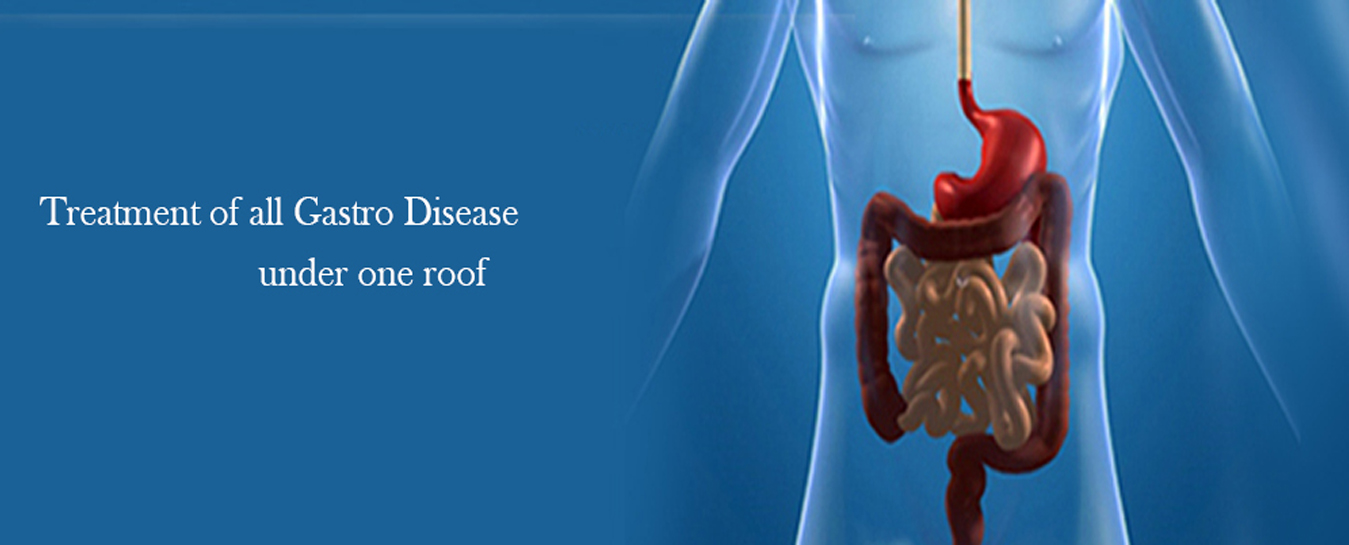Gastro Intestinal diseases
Gas problems
Chronic gas can be a symptom of an underlying digestive condition like irritable bowel syndrome or lactose intolerance.Gas, bloating, and stool problems are a constant battle for many people; often the symptoms are related to diet, but there are some more serious medical conditions that may be the culprit. Most people know that onions and beans can cause gas, but what most people don't suspect are fruits, sodas, and milk. Fructose (a sugar found in fruits and sodas) and lactose (a sugar found in dairy products) are common causes of gas, bloating, abdominal cramps, and diarrhea.
Lactose intolerance is extremely common. It is estimated that most of Indian adults have some degree of lactose intolerance. Certain racial and ethnic populations are more affected than others.Fructose intolerance is also common, but less recognized. A study found that nearly half of normal people get gas from fructose. This common fruit sugar is found in fruit juice and is used as a sweetener in some soft drinks.
Irritable bowel syndrome is one of the most common intestinal disorders, and can be difficult to diagnose. For many people, the symptoms alternate frequently. While gas and bloating are the constants, there may be abdominal pain or discomfort, plus altered bowel habits; people may be constipated one week, have diarrhea the next, or have a sudden urge to have a bowel movement. The pattern varies from person to person.
Diarrhoea
What is diarrhoea?
When you have diarrhoea, your bowel movements (or stools) are loose and watery. It’s very common and usually not serious.Many people get diarrhoea once or twice each year. It normally lasts 2 to 3 days, and you can treat it with over-the-counter medicines. Some people get it more often as part of irritable bowel syndrome (IBS) or other conditions.
What are the symptoms of diarrhoea?
- Thin or loose stools
- Watery stools
- An urgent feeling that you need to have a bowel movement
- Bloating in your belly
- Cramps
- Nausea and vomiting
- Blood or mucus in your stool
- Decreased urine output
- Weight loss
- Fever
Call your doctor immediately if you have:
- Blood in your diarrhea or black, tarry stools
- A fever that is high (above 101 F) or that lasts more than 24 hours
- Diarrhea lasting longer than 2 days
- Nausea or vomiting that prevents you from drinking liquids to replace lost fluids
- Severe pain in your abdomen or rectum
- Diarrhea after coming back from a foreign country
Ulcer disease
What is an ulcer?
Ulcers are sores that are slow to heal or keep returning. They can take many forms and can appear both on the inside and the outside of your body. They can be found on places of your body you can see, such as a leg ulcer found on the skin, or in places you can’t see, such as a peptic ulcer in the lining of your stomach or upper intestine. From your eye to your foot, you can get them just about anywhere on your body.
What is peptic ulcer disease?
Peptic ulcer disease refers to painful sores or ulcers in the lining of the stomach or first part of the small intestine, called the duodenum.
What causes ulcers?
No single cause has been found for ulcers. However, it is now clear that an ulcer is the end result of an imbalance between digestive fluids in the stomach and duodenum. Most ulcers are caused by an infection with a type of bacteria called Helicobacter pylori (H. pylori).
An ulcer may or may not have symptoms. When symptoms occur, they may include:
- A gnawing or burning pain in the middle or upper stomach between meals or at night
- Bloating
- Heartburn
- Nausea or vomiting
- Dark or black stool (due to bleeding)
- Vomiting blood (that can look like "coffee-grounds")
- Weight loss
- Severe pain in the mid to upper abdomen
Reflux Esophagitis
What is reflux esophagitis?
Reflux esophagitis is basically injury to esophageal lining due to acid exposure. This is a pathological or morphologic term. This injury mostly occurs in distal part of esophagus, near gastro-esophageal junction because this part is maximally affected with acid reflux. Clinically, disease is known as gastroesophageal reflux disease (GERD) or gastro-oesophageal reflux disease (GORD). The American College of Gastroenterology defines GERD as “chronic symptoms or mucosal damage produced by the abnormal reflux of gastric contents into the esophagus”. GERD can be erosive or non-erosive. Non erosive reflux disease is more common where symptoms of heartburn and retrosternal pain occur but erosions (minute ulcers) or ulcers don’t occur in esophageal lining. Reflux esophagitis is differentiated from other types of esophagitis like eosinophic esophagitis, infectious esophagitis and pill esophagitis by clinical history, endoscopic findings and mucosal biopsies.






